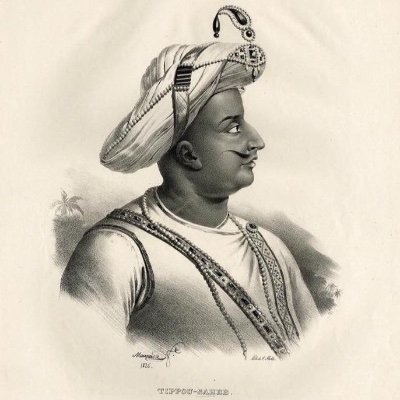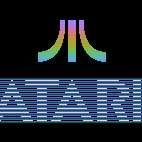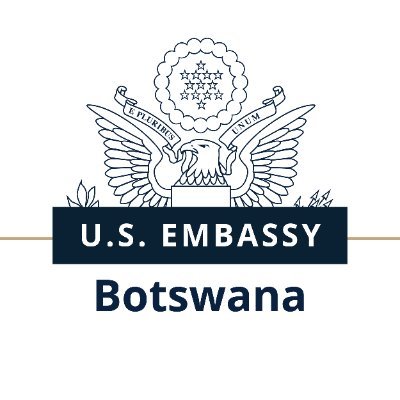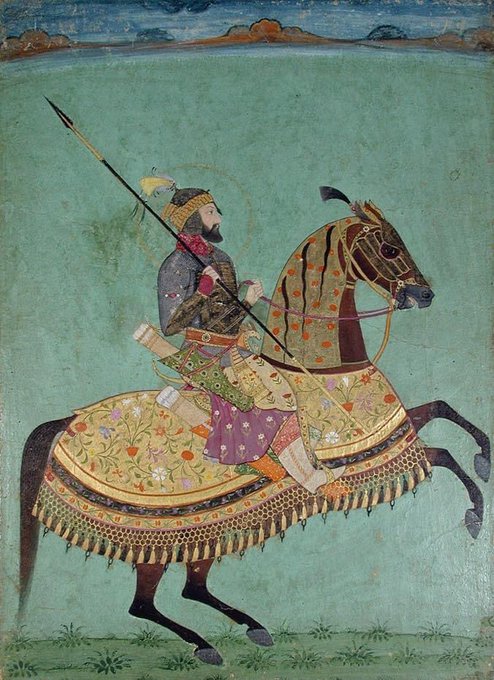
History of the Indian Subcontinent
@HISubcontinent
Followers
7,438
Following
7
Media
687
Statuses
1,017
As told by Confucius, ‘Study the past if you would define the future.’ This page is to improve understanding among different communities.
Joined March 2020
Don't wanna be here?
Send us removal request.
Explore trending content on Musk Viewer
LINGORM MANILA FANMEET
• 427859 Tweets
FOURTH SHINING IN KOREA
• 128391 Tweets
CWR x RAVIPA Jewelry
• 113496 Tweets
Miami
• 101337 Tweets
JARLETTE SUNlibong KILIG
• 89194 Tweets
#スパスタ3期
• 67522 Tweets
LUX PPNARAVIT
• 59455 Tweets
ラブライブ
• 55946 Tweets
#推しの子
• 47115 Tweets
凱旋門賞
• 42276 Tweets
ディープボンド
• 29320 Tweets
京都大賞典
• 29119 Tweets
ビシエド
• 25252 Tweets
ブローザホーン
• 21649 Tweets
#鉄腕DASH
• 19429 Tweets
立浪監督
• 16354 Tweets
#リンクラ生放送
• 13643 Tweets
ACAGOTT2024 x KHAOTUNG
• 13390 Tweets
ライブビューイング
• 12079 Tweets
シックスペンス
• 11743 Tweets
Last Seen Profiles
Tipu Sultan’s pair of shoes acquired by 2nd Lord Clive after the demise of Tipu Sultan. The pair of shoes are located in The Clive Museum, Powis Castle-Wales (UK).
#tipusultan
#tipoosaheb
6
57
195
In July 1787, Tipu Sultan sent a new embassy directly to Paris, formed of three ambassadors Mohammed Dervich Khan, Akbar Ali Khan and Mohammad Osman Khan, w9th a French trader from Pondicherry, M. Monneron.
Here you can see Indian delegation in Paris.
#TipuSultan
2
35
141
Two different portraits of
#aurangzeb
. One by a contemporary Indian artist another by an European artist published century later in Crabb’s historical dictionary. Is it right to say how the image is distorted so the biography of one of the great Mughal?
12
40
115
On 26 April 2023 a sword of
#tipusultan
has been auctioned by Sotheby’s London.Estimated price was
£ 200,000 - 300,000.However it was sold for the price of £ 1,197,500. The auction had
#Tipu
quotes: ‘I would rather live two days as a tiger, than two hundred years as a sheep.’
5
21
112
Hakim Ajmal Khan: The first Chancellor of Jamia Millia Islamia - Delhi, once sold his diamond ring to pay due salaries to the teachers of Jamia.
(Photo is from our personal archive)
#hakimajmalkhan
#jamiamilliaislamia
3
37
111
Tipu Sultan Mosque, Kolkata - Dhurrumtollah Street. The mosque was built by Prince Ghulam Muhammad, 11th and the youngest son of Tipu Sultan. Mosque opened in 1842, design is a mixture of both Islamic and European style
French News magazine of 1880s
#TipuSultanMosque
#Kolkatta
0
36
101
Waist coat of
#Aurangzeb
, inscribed- Kalma ‘There is no God but Allah and Muhammad is messenger of Allah’; Shahanshah Aurangzeb Alamgir. From National Museum-Delhi.
Mughal kingship had long been guided by the Persian expression ‘Ya takht ya tabu’ (either the throne or the grave)
3
16
82
Waist coat of
#Aurangzeb
, inscribed - Kalma ‘There is no God but Allah and Muhammad is messenger of Allah’; Shahanshah Aurangzeb Alamgir’. Image is from the National Museum-Delhi.
‘Mughal kingship had long been guided by the blunt Persian
4
22
79
A Kashmiri Coolie in Simla. An old postcard shows a strong resident of Kashmir carrying heavy weight on his back.
#kashmir
#kashmirimuslim
0
8
65
British broke through the city walls,French Military advisers advised Tipu Sultan to escape from secret passages and live to fight another day but to their astonishment Tipu replied "One day of life as a Tiger is far better than thousand years of living as a Sheep"
#tipusultan
3
10
62
Below we are sharing a very rare photograph from our collection. It was taken on January 25th 1980 when Mohammad Ali prayed Juma prayer at Jama Masjid New Delhi. You can see him among enthusiastic crowd at the southern gate of Jama Masjid.
#MohammadAli
#JamaMasjidDelhi
0
13
59
Comparison of three mosques of the Subcontinent:
#JamaMasjid
- Delhi: commissioned by Shah Jahan and completed in 1656. The mosque has capacity of 25,000 people, consists of three domes, two 41 meter tall minarets, three main doors and central ablution tank.
2
13
58
The sword of
#TipuSultan
#TippooSaheb
, as French called him, from the acquisition of the British Museum - London. Typical engraving of tiger stripes on the handle of the sword, ends with a tiger head.
#Mysore
#Mysoreswords
#TigerofMysore
0
13
55
#Tamerlane
& the
#WWII
: Tamerlane, Turko-Mangol warrior, who ruled most of the Muslim world during 14th century. Timur (meaning `iron') was born in 1336 near the city of Kesh in Transoxiania. This historic Persian city is now known as Shahrisabz in modern day
#Uzbekistan
1
7
50
The
#tajmahal
, Agra, from the north
. 1870s
Albumen silver print. The David Collection
Unknown photographer
0
9
53
The last Roar: death of
#TipuSultan
#tigerofmysore
On the 4th of May 1799 the British army assembled around the fort of Seringapatnam, capital of the Kingdom of Mysore. The British army was supported by Nizam and Maratha infantry.
#TipuTheFanaticKing
1
8
52
Two swords belong to contenders for the throne.
1. Dara Shikoh possesses a sword adorned with exquisite golden carvings that exude elegance and leave a lasting impression.
#Mughal
#Aurangzeb
#Darashikoh
2
8
50
































































































































